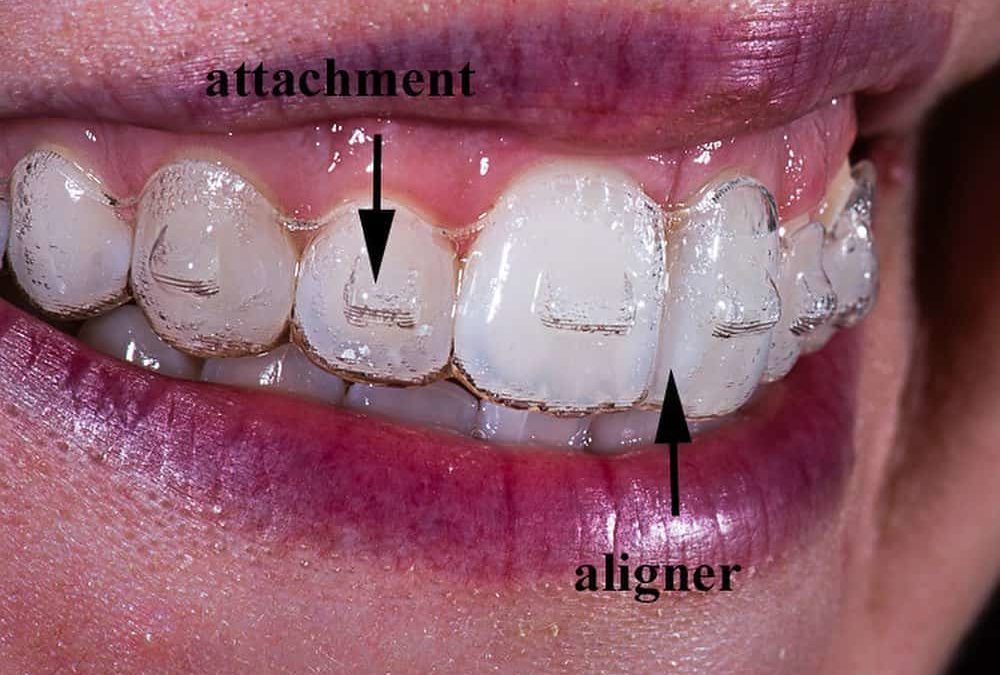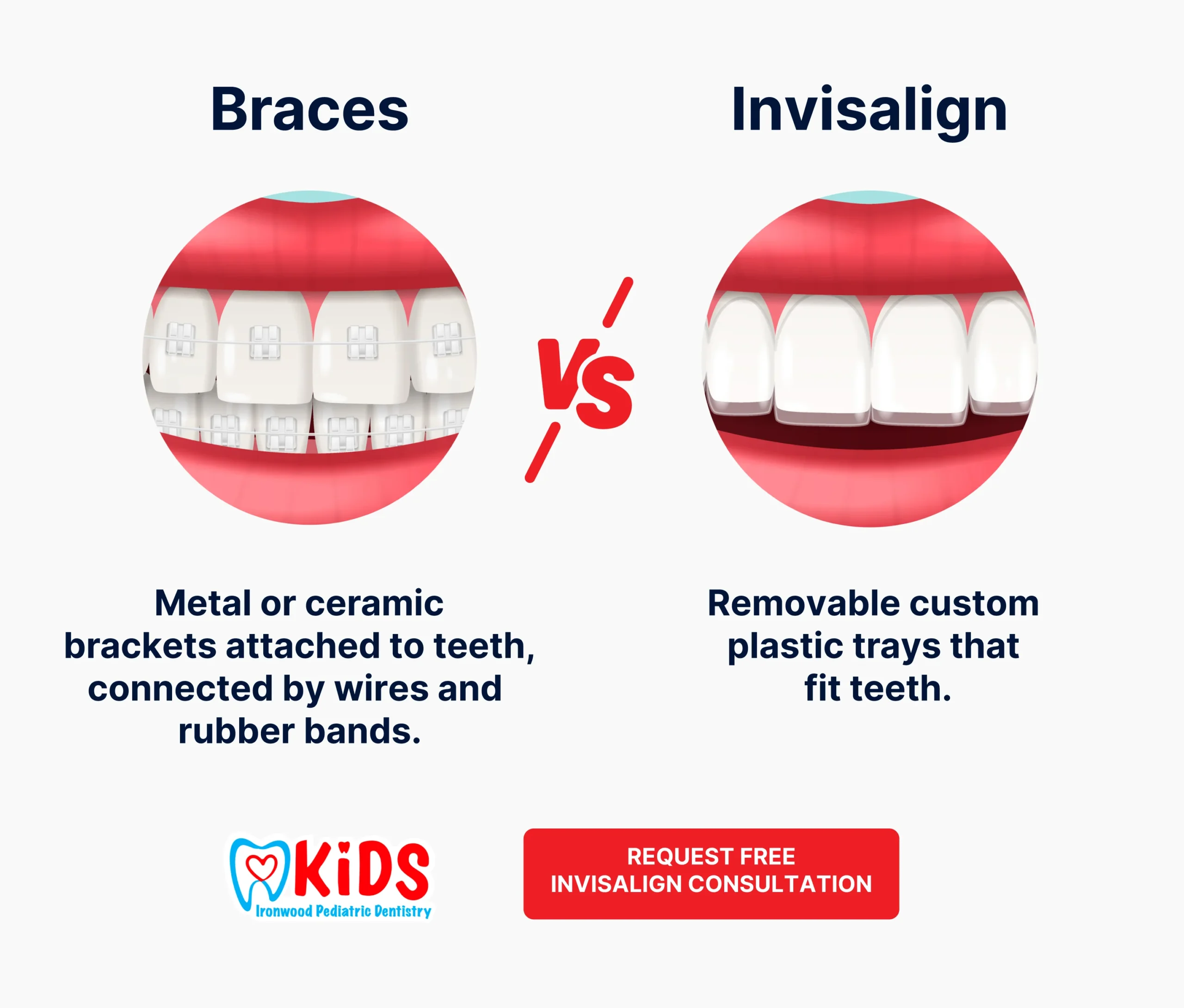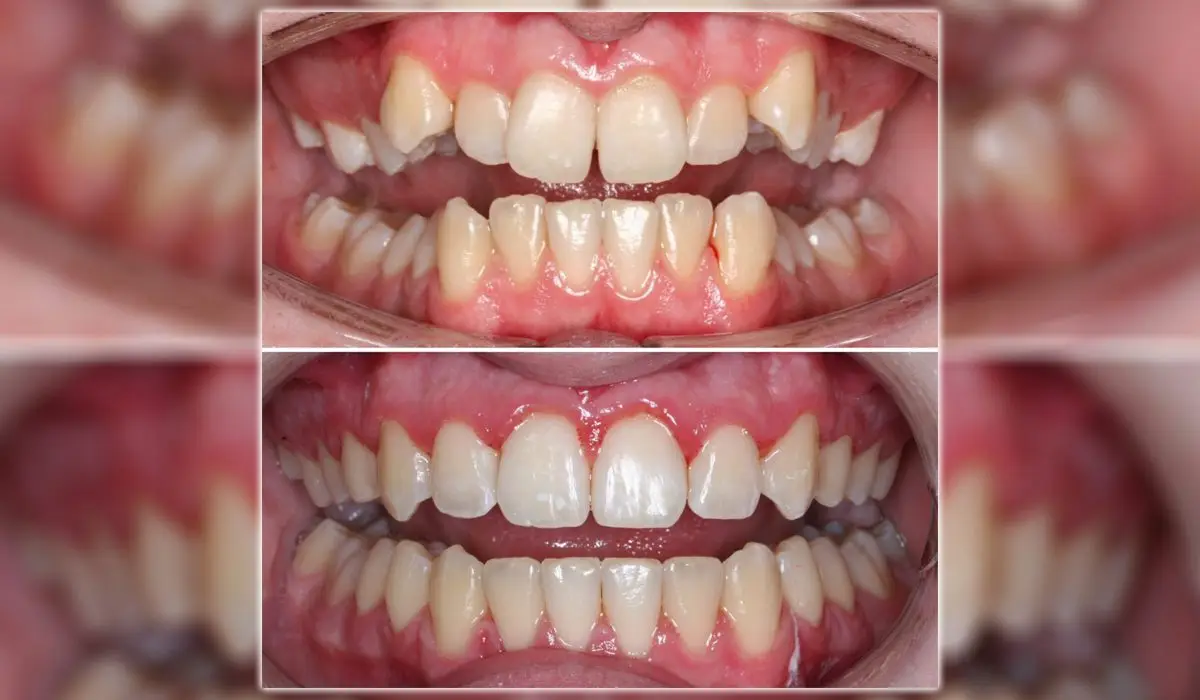Frequently Asked Questions Concerning Invisalign: Everything You Required to Know
Frequently Asked Questions Concerning Invisalign: Everything You Required to Know
Blog Article
Invisalign vs. Standard Dental braces: Which Choice Is Right for You?
When taking into consideration orthodontic therapy, the option between Invisalign and conventional braces presents numerous crucial aspects that merit careful evaluation. Invisalign offers a very discreet option with removable aligners, while conventional braces give a much more visible yet effective solution for extreme misalignment.
Overview of Therapy Alternatives

On the other hand, conventional dental braces consist of steel brackets and wires that are adhered to the teeth. This method applies continual pressure gradually to attain positioning. While reliable for intricate orthodontic issues, typical braces require routine visits for modifications and can posture challenges in preserving dental hygiene because of the trouble of cleaning up about braces and wires.
Both alternatives have their benefits, and the option commonly rests on specific dental problems, way of living preferences, and client conformity. Inevitably, speaking with an orthodontic specialist is essential for figuring out one of the most ideal therapy strategy customized to private requirements. Recognizing the subtleties of each alternative can dramatically affect the overall success of orthodontic therapy.
Aesthetic Factors To Consider
A significant factor influencing the selection in between Invisalign and typical dental braces is the aesthetic appeal each therapy supplies. Invisalign aligners are crafted from clear plastic, making them basically unseen when used.
In comparison, standard dental braces include metal brackets and cords, which can be extra recognizable. While innovations in orthodontic innovation have led to the growth of smaller sized brackets and tinted elastics, typical dental braces still keep an even more obvious account. For some people, the exposure of dental braces might deter them from looking for necessary therapy.
Ultimately, the option in between Invisalign and conventional dental braces may rest on individual preferences pertaining to appearances. Clients that focus on discretion commonly lean toward Invisalign, while those who are much less worried about exposure might choose conventional dental braces. Recognizing the aesthetic ramifications of each alternative is crucial for making an informed choice that aligns with one's way of living and preferences.
Comfort and Convenience

In regards to comfort, Invisalign aligners are removable, enabling clients to enjoy their favored foods without constraint and keep ideal oral hygiene. Brushing and flossing are simplified, as the aligners can be obtained throughout these routines, whereas traditional dental braces call for cautious maneuvering around braces and cables.
In comparison, conventional braces necessitate normal adjustments, making them much less convenient for click here for info those with busy schedules. Generally, the comfort and convenience of Invisalign make it an attractive selection for many people seeking orthodontic treatment.
Treatment Period and Performance
While both Invisalign and traditional braces are reliable in correcting oral imbalances, the period of treatment can vary substantially between both choices. Generally, Invisalign therapy can take anywhere from 12 to 18 months, depending on the intricacy of the instance. The clear aligners function by slowly shifting teeth into their wanted positions, and regular follow-ups with an orthodontist help make sure progress stays on the right track.
On the other hand, traditional braces frequently need a longer dedication, normally ranging from 18 months to 3 years. This results from their set nature and making use of wires and brackets, my review here which can be much more effective for complicated situations and severe imbalances (Invisalign). The therapy performance of standard dental braces is well-documented, as they permit specific changes and better control over tooth movement
Ultimately, the option in between Invisalign and traditional braces may rest on both the awaited therapy period and the particular oral problems handy. Consulting with an orthodontist is vital, as they can give tailored suggestions based upon individual requirements, guaranteeing the picked technique aligns with desired durations and end results.
Expense Comparison and Insurance Policy Choices
Expense plays a significant function in the decision-making process for people taking into consideration orthodontic treatment, whether selecting Invisalign or traditional braces. Typically, the cost of Invisalign ranges from $3,000 to $8,000, while typical dental braces commonly set you back in between $2,000 and $6,000. Factors affecting these expenses include the complexity of the instance, the period of therapy, and geographical location.
Insurance policy coverage can substantially impact out-of-pocket expenditures. Many oral insurance strategies offer partial protection for orthodontic therapies, however the specifics can vary extensively. It is vital for people to assess their visit this web-site insurance coverage to figure out the degree of protection for either option. Typically, traditional braces may be much more often covered by insurance coverage plans contrasted to Invisalign, which some insurance providers classify as an aesthetic treatment.
In addition, several orthodontic techniques offer flexible repayment strategies, making both treatment alternatives more obtainable. Clients must make inquiries about potential financing options and discount rates for in advance repayments. Examining the total expense, consisting of insurance coverage benefits and layaway plan, is important for making an educated decision that lines up with both aesthetic choices and spending plan considerations.

Conclusion
In summary, the choice in between Invisalign and standard braces depends upon several aspects, including aesthetic choices, comfort, treatment duration, and price. Invisalign offers a very discreet, removable alternative that promotes dental health and nutritional versatility, while typical dental braces might be much more suitable for intricate dental problems and usually come with a reduced cost point. Eventually, appointment with an orthodontist is vital to assess private situations and determine the most suitable therapy choice for accomplishing ideal dental placement.
When thinking about orthodontic therapy, the selection between Invisalign and conventional braces provides several vital variables that merit mindful analysis.Comparing Invisalign and conventional braces discloses distinct treatment choices for orthodontic improvement.While both Invisalign and conventional dental braces are effective in dealing with oral misalignments, the duration of therapy can vary substantially between the 2 choices.Cost plays a substantial function in the decision-making process for people thinking about orthodontic therapy, whether deciding for Invisalign or conventional dental braces.In summary, the selection in between Invisalign and typical dental braces pivots on numerous elements, including aesthetic choices, convenience, therapy duration, and price.
Report this page